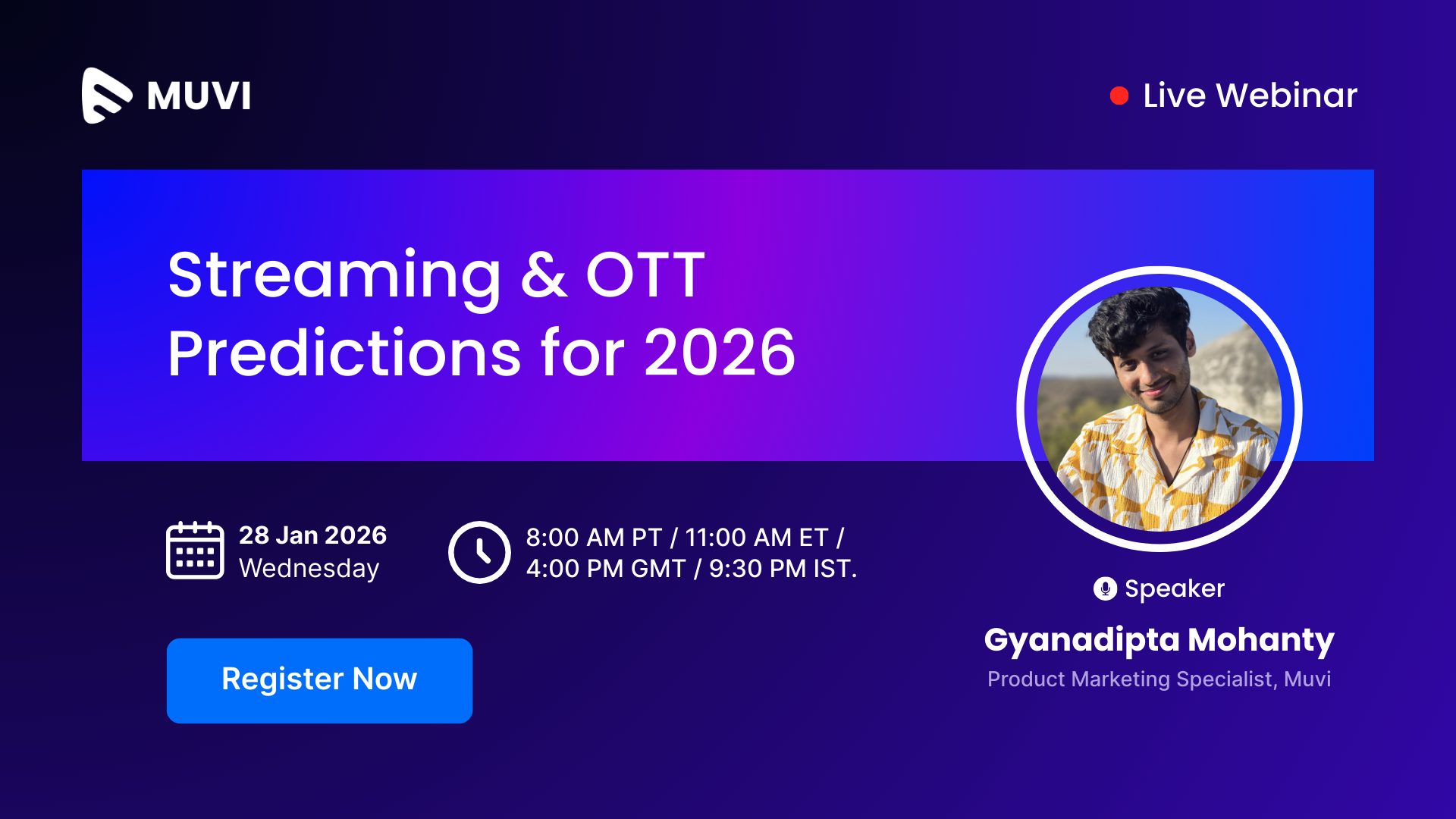Android SDK
Google offers a full suite of tools, libraries, and resources called the Android Software Development Kit (SDK) that let programmers make apps for the Android operating system. Code libraries, development tools, debugging tools, and emulators for testing Android apps are among its necessary components.
How It Works:
The Android SDK gives developers access to APIs (Application Programming Interfaces) that allow them to work with the hardware, device functions, and Android system features. It functions in tandem with programming environments like Google’s official Android development environment, Android Studio.
The SDK contains a range of libraries and tools for activities like:
(i)Constructing user interfaces
(ii)Managing rights and data storage
(iii)Accessing device hardware like cameras, sensors, and GPS
(iv)Controlling notifications and background services
(v)Developers download specific SDK versions based on the Android platform they wish to target, ensuring compatibility with various Android devices and OS versions.
Key Components:
(i)Android Emulator: This tool simulates Android devices so that programs may be tested on various OS versions and screen sizes.
(ii)ADB (Android Debug Bridge): A command-line utility for managing devices, installing apps, and debugging.
(iii)SDK Manager: Oversees platform tools, updates, and SDK packages.
(iv)API Libraries: Offers APIs for developing Android features like as multimedia support, location services, and user interface elements.
Use Cases:
The Android SDK is essential for:
(i)Constructing native Android apps
(ii)Creating applications for wearable technology, smart TVs, tablets, and smartphones
(iii)Apps are tested on virtual Android smartphones.
(iv)Including third-party services and APIs in Android applications
Latest Case Studies
Upcoming Webinar

Streaming & OTT Predictions for 2026
Discover the biggest streaming trends shaping 2026 — from FAST and hybrid monetization to the explosive rise of microdrama, microlearning, AI-powered experiences, and next-gen streaming technologies in our exclusive webinar.
This session will present key market stats, forecasts, and industry shifts, followed by how solutions like Muvi Shorts, FAST channel capabilities, align with these emerging trends. We intend to equip professionals from all industries viz. Media & Entertainment, Sports, Education, Healthcare, Fitness & even Corporate Enterprises to build a perfect roadmap for their 2026 streaming strategy.
Things the webinar would cover:
- The Future of Content Creation: How AI-driven tools are reforming content production and personalization.
- Monetization Trends: Exploring the growth of hybrid models, FAST channels, and programmatic advertising.
- Technological Advances: Key developments in streaming quality, latency reduction, and sustainable practices.
- Global Growth & Regional Focus: Strategies for expansion and capturing diverse audience segments with localized content.
- Rise and Growth of Microdrama & Microlearning: How short-form, vertical video is driving higher engagement, faster knowledge transfer, and daily user retention across industries.
January 28
8:00 AM PST
Latest Blog
Can’t find what you’re looking for?
Please drop your query on the contact us form, and our OTT consultant will reach out to you shortly with answers.
Please drop your query on the contact us form, and our OTT consultant will reach out to you shortly with answers.


